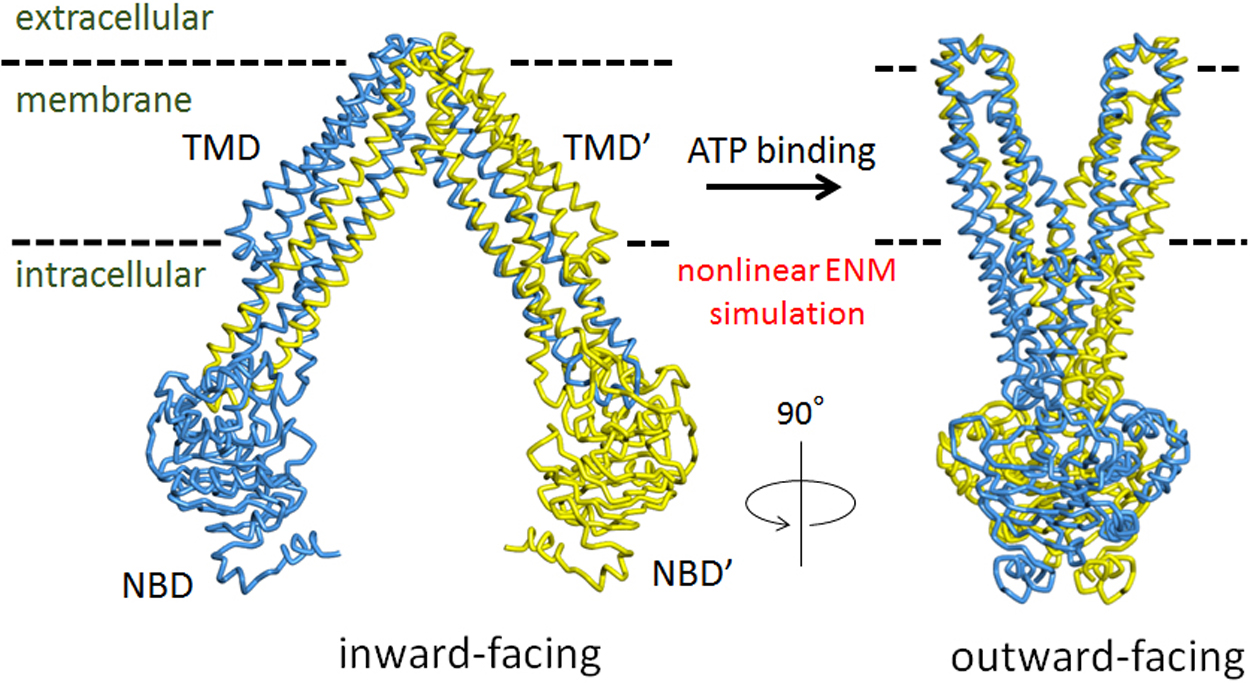Volume 14
Displaying 1-23 of 23 articles from this issue
- |<
- <
- 1
- >
- >|
Regular Article
-
2017 Volume 14 Pages 1-11
Published: 2017
Released on J-STAGE: January 24, 2017
Download PDF (4653K) -
2017 Volume 14 Pages 13-22
Published: 2017
Released on J-STAGE: January 24, 2017
Download PDF (2271K) -
2017 Volume 14 Pages 23-28
Published: 2017
Released on J-STAGE: February 11, 2017
Download PDF (1789K) -
2017 Volume 14 Pages 29-40
Published: 2017
Released on J-STAGE: February 22, 2017
Download PDF (1416K) -
2017 Volume 14 Pages 41-47
Published: 2017
Released on J-STAGE: March 16, 2017
Download PDF (2084K) -
2017 Volume 14 Pages 49-55
Published: 2017
Released on J-STAGE: March 18, 2017
Download PDF (2203K) -
2017 Volume 14 Pages 57-66
Published: 2017
Released on J-STAGE: May 20, 2017
Download PDF (1437K) -
2017 Volume 14 Pages 67-73
Published: 2017
Released on J-STAGE: May 31, 2017
Download PDF (1402K) -
2017 Volume 14 Pages 75-84
Published: 2017
Released on J-STAGE: June 03, 2017
Download PDF (2089K)
Review Article
-
2017 Volume 14 Pages 85-97
Published: 2017
Released on J-STAGE: June 23, 2017
Download PDF (1786K)
Note
-
2017 Volume 14 Pages 99-110
Published: 2017
Released on J-STAGE: July 12, 2017
Download PDF (3986K)
Regular Article
-
2017 Volume 14 Pages 111-117
Published: 2017
Released on J-STAGE: July 28, 2017
Download PDF (3017K) -
2017 Volume 14 Pages 119-125
Published: 2017
Released on J-STAGE: August 19, 2017
Download PDF (5209K)
Review Article
-
2017 Volume 14 Pages 127-135
Published: 2017
Released on J-STAGE: August 23, 2017
Download PDF (9580K)
Regular Article
-
2017 Volume 14 Pages 137-146
Published: 2017
Released on J-STAGE: September 05, 2017
Download PDF (834K) -
2017 Volume 14 Pages 147-152
Published: 2017
Released on J-STAGE: September 14, 2017
Download PDF (2732K)
Review Article
-
2017 Volume 14 Pages 153-160
Published: 2017
Released on J-STAGE: October 26, 2017
Download PDF (6793K)
Regular Article
-
2017 Volume 14 Pages 161-171
Published: 2017
Released on J-STAGE: December 05, 2017
Download PDF (6388K) -
2017 Volume 14 Pages 173-181
Published: 2017
Released on J-STAGE: December 05, 2017
Download PDF (3382K) -
2017 Volume 14 Pages 183-190
Published: 2017
Released on J-STAGE: December 19, 2017
Download PDF (1706K)
Review Article
-
2017 Volume 14 Pages 191-198
Published: 2017
Released on J-STAGE: December 19, 2017
Download PDF (3760K) -
2017 Volume 14 Pages 199-205
Published: 2017
Released on J-STAGE: December 22, 2017
Download PDF (1761K)
Regular Article
-
2017 Volume 14 Pages 207-220
Published: 2017
Released on J-STAGE: December 28, 2017
Download PDF (1980K)
- |<
- <
- 1
- >
- >|





